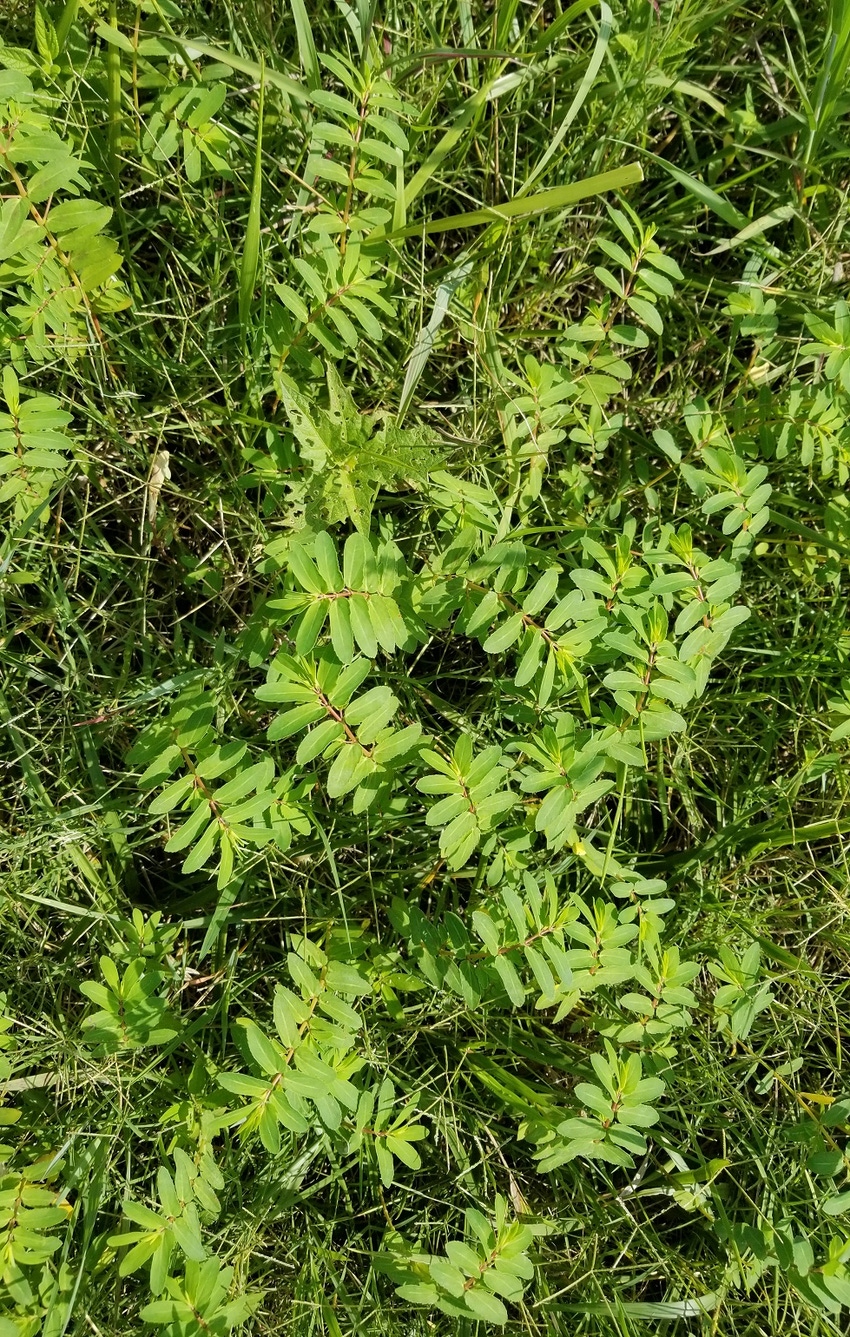
I was not quite in a “dead sweat” one day in early July but my shirt was wet with perspiration when the cell phone rang. I was tickled when an old friend showed up on the line rather than someone with a foreign accent wanting to sell me health insurance. I was ready to halt my workout on ash samplings in some wet ground.
After niceties and several lies about each other my friend wanted me to answer a question. This tends to make me nervous since he is much more intelligent and successful than yours truly.
Seems he had received an email and some pictures of a pasture that had been recently grazed at a stock density of 250,000 pounds per acre. There was an area of bare ground and speculation over the cause since many of the common causes (cattle loafing or camping, bale grazing, herbicide spill) seem to have been eliminated. Another consultant noted that the pasture had been overgrazed. His question to me was about overgrazing.
I’m not sure what overgrazing is as it pertains to a pasture. I’ve seen millions of acres that were almost nothing but weeds and dirt and rock. But truth is cattle will certainly overgraze individual plants if given enough time for a little regrowth to occur. Individual plants and whole pasture are not the same deal. Overgrazing is a time issue, not an animal density issue. More about this on a later blog.
I have reviewed work by Utah animal behaviorist Fred Provenza and his students on the relationship of animals (mostly ruminants) and plants. I have done some of the same. The truth is that all plants have defense mechanisms to ward off their demise by cattle and other pests. They utilize a nearly endless number of systems and compounds (often chemicals) to ensure their survival. All plants are toxic at some level. Many become more toxic and dangerous after application with soluble salt fertilizer. An example is nitrates in many sorghum species and grain crops.
The thing Provenza has documented and we should have learned over the past couple of decades that cattle learn to use inherent feedback systems to mix and match foraging. Factors involved in their learning and application in the pasture include but are not limited to:
Epigenetics received in utero
Information received by observation of herd mates
Brix levels of the plants
Availability and diversity of plant species
Location
Grazing density of the herd
Weeds are most commonly defined as plants that are out of place or in too in high numbers. Some managers would disagree and define a weed as anything they do not like. Further, I’ve heard “experts” say weeds were robbing the fertility from the “good” plants.
Folks, this is not very accurate. Truth is that weeds often condition the soil, and tap rooted weeds correct a broken water, mineral and biological cycle and often result in increased soil energy. These cycles have huge positive effects on future animal health. Many plant compounds that are toxic at high levels are medicinal in smaller amounts. There is a near-exhaustive list of forbs, bushes, briars and trees that are anti-parasitical.
Remember that with natural model learning we have found that everything relates to everything. This “systems approach” can allow for increases and stabilization of our land. This includes animal health. In our area broad-leafed forbs are very important for stability, health and soil development.
We need to be real careful about declaring war on anything just because we don’t like the looks. A shovel used in the soil on a regular bases helps point us in the right direction. Diversity yields system stability and animal health.
About the Author(s)
You May Also Like






